You’ve probably seen them already. Tiny cartoon robots, grinning with heart-shaped eyes, awkwardly waving across an onboarding screen or spinning their heads as stickers in Slack or Telegram. Sometimes they clutch a paper cup of coffee.
Other times they short-circuit mid-meltdown, sparks flying and arms waving. And more often than not they occupy centre stage on your display, showing more feeling than your colleagues on a Monday-morning Zoom. What was once a quirky design gimmick has evolved into something weightier-a fresh dialect of online popular culture. And, crucially, the robot-clip-art craze didn’t appear by coincidence.
We now move through a world built by machines, and that landscape seeps into how we speak, work, joke, and create. In the narrow gap between metal and feeling, something curious occurred. Robots became easy to relate to. Not frightening. Not merely utilitarian. Instead, expressive, unruly, oddly charming. Clip art, once dismissed as dated and painfully plain, regained its spark through the little robots. And in 2025 they surround us-apps, memes, brand mascots, reaction stickers, even streetwear.
How did a handful of plain drawings become the public symbols of our fast-paced, low-tolerance way of life? The explanation starts not in circuitry or code, but in human behaviour.
Key Takeaways
- Robotic clip art gained sentiment simply because, amid ever-growing technology, we longed for images that felt friendly.
- Designers and everyday users quickly accepted the style as a common shorthand for mood, humor, and identity.
- On social media, what started as a simple illustration slid into the background of daily expression.
- The look now bundles nostalgia, fatigue, and a hint of cheeky defiance all at the same time.
- Once a mere tool for showing hardware, today the tiny robot graphic acts like a face we trust when we lack words.
From Dystopian Steel to Digital Softness
Just a few decades ago, robots mainly stood for menace. On-screen, they were steel-mouthed invaders or unnervingly rational antagonists. Their voices chilled, their crimson eyes scanned, and their aim always hinted at taking over. Yet that version belonged to fiction, not to lived experience. As technology crept into the average home, fear steadily faded from public thought. Design, unsurprisingly, mirrored that shift.
Over time, the frightening metal brutes were quietly swapped out for friendlier gadgets. Weekend cartoons featured robots with squeaky voices and nose-twitching curiosity. Toy aisles soon overflowed with light-up figures that giggled instead of growled. Fear drifted into fascination. That change spilled into popular imagery, especially online. Artists began softening the edges, adding bright colors, and bending the rules. The robot ceased to be a villain. It had become comic relief. It had become loyal sidekick. It had become the icon you tapped when the thumbs-up emoji felt too formal.
That shift opened the door to something bigger. Robots ceased to be mere future tech. They slipped onto mood boards, into Slack channels, and into everyday jokes. And nearly all of it thrived inside a single format-clip art.
Clip Art’s Quiet Comeback
There was once a general feeling that clip art was a little tacky. Picture bulky binders stuffed with blurry pixel images, awkward proportions, and frozen smiles. Yet, as so much else in the digital sphere, yesterday’s surplus soon circles back and feels fresh. This revival lands alongside better polish, sharper jokes, and the kind of flexibility that early versions never had.
The return happened because many people grew tired of visuals that screamed branding from every corner. They needed pictures that spoke quickly, mirrored a grin, and skipped the chore of scrolling past twenty filters. Clip art delivered that speed. It communicated a point in a heartbeat, rather than stretching into ten seconds. In a setting where devices constantly nudge users to the next alert, that rapid clarity proved valuable.
Robot clip art slid naturally into that opening. It never aimed to dazzle. It never howled for the spotlight. Instead it quietly offered, Im right here, I understand, and yes, today is a Monday for me, too. Users placed robot images wherever a long sentence felt excessive and an emoji seemed childish. The graphics thus acquired a modest but real layer of shared meaning. One small picture could bear mood, levity, and context-all without saying a single word.
The Age of AI and Feeling Seen
The surge in clichd robot clip art neatly coincided with the early growth of genuine artificial intelligence. As those systems learned faster, public curiosity rose along with unease. News outlets published bold warnings about machines replacing human jobs. Debates erupted over ethics, privacy, and who wielded control. Behind the headlines, countless individuals quietly asked what their own futures might hold.
Amid all that uncertainty, the goofy robot clip art somehow offered quiet reassurance. It allowed us to poke fun at technology without starting a heated debate. Through goofy little bots, we could sift through mixed feelings about AI while chuckling at something harmless. On days when the headlines weighed heavy, a cartoon robot cracking a joke reminded us that laughter was still ours to command.
In that way, clip-art robots humanized machines long before the machines learned to mimic humanity. These simple images invited people to ponder what being digital might mean in a playful, creative way rather than a cold, clinical one. The shift turned casual art into casual commentary. So when someone fired off a spinning robot GIF in response to a bug report, they were doing more than being cute; they were forging a tiny human link.
From Meme to Mascot
Fast-forward to 2025: peek at almost any new app or startup landing page, and a familiar scene greets you. Tucked into a corner, a cheerful little robot icon waves its pixelated arm. Sometimes it spins as a loading animation. Other times it doubles as the support chatbot profile. Now and then it hides in the footer like a secret Easter egg. Yet somehow, no matter where it lodges itself, it always feels deliberate.
Companies learned that giving a tool a little robot face could ease users anxiety about complicated features. That simple icon suggested the app was intelligent, yet it also felt approachable. A virtual assistant with bot-like eyes promised order without the sting of human judgment. By leaning into this look, brands created a voice that, oddly enough, did not sound robotic at all. Instead it came across as playful, warm, and just a hint of rule-breaking.
Soon these mascots popped up on stickers, welcome screens, and help articles. The more users encountered the quirky figure, the more they began to trust the service. There was no trickery involved; it was simply about tone. A wobbly little bot with a paperclip antenna did not merely symbolize the company-it symbolized the users step into unfamiliar territory.
That gentle bond transformed basic clip art into something that felt personal. In an age full of faceless algorithms, a goofy robot doodle acted like a friendly handshake.
The Retro Spark and the Pixel Revival
It is no accident that much modern robot clip art seems plucked from a 1990s computer lab. The nostalgia it evokes is powerful. The blinking eyes, boxy limbs, and clunky chassis recall an era when technology was fresh, awkward, and brimming with promise.
Designers today lean hard into that retro feel. They remake faded graphics but polish every edge. They speak in tiny pixels while telling fresh, modern tales. And because so many of us grew up with consoles, cartoons, and chunky monitors, a goofy robot feels like a badge from our digital childhood.
This pixel-inspired look is more than a passing fad. For many, it feels like home. It mixes breakneck tech with easy-going charm. People can enjoy new gear without picking apart its code. And in a world that races on, that little breath of simplicity matters.
Social Media and the Art of Instant Emotion
Robot clip art never would have blown up without the apps that fed it. Slack slipped it into casual office chatter. Discord dressed it up with bouncy animations. Telegram wrapped it as stickergoodness. Now, even on video calls, cheerful bots drift in sidebars beside thumbs-up and mood tags.
These tiny images shape how we laugh, vent, and push through endless pings. Instead of typing ugh, you drop a screen with a bot palm on its metal forehead. Instead of saying nice job, you fling a blushing friend with sparking eyes. The reply feels fuller. The moment sticks in memory.
Because people keep looking for fresh ways to feel human online, friendly robots stepped in with a sprinkle of humor. They eased nerves when conversations got tense. They padded the sting when honest feedback showed up. And they offered a quick chance to joke around-even in dreary meetings or after-hours grind.
Creating that quick emotional short-cut isn t easy, yet once it lands in a team it travels like a meme. And that s precisely what played out.
Creators Who Brought the Bots to Life
You may have noticed a flood of little robot clip art popping up everywhere on the web. Its not just marketing crews or gadget firms pushing the trend. Its independent creators who slide into your feed with a wink, a sketch pad, and an eye for shiny metal shapes. They take the basic robot idea and twist it until it looks funny, grumpy, dreamy, or even sweet all at the same time.
Most of these makers post their work on friendly storefronts like Gumroad, Itch.io, or Patreon. From design bundles and vinyl-sticker sheets to custom avatars and even tiny bots you can tweak yourself, their output runs the gamut. A few studied animation in school; many learned by watching YouTube. What every one of them grasps is that a robot is never just a robot; it always carries its own tiny tale.
Thats why the whole robot art scene feels so spirited and fresh. None of it rolls off an assembly line. You can trace the mood in a droopier antenna, a flashier eyelid, or a grin that barely holds together. Each piece seems to be aimed at a single viewer rather than a crowd of thousands.
That personal touch is exactly why the trend refuses to fade.
The Emotional Code Beneath the Metal
You may assume folks post robot memes or wear glitchy tees out of pure love for gadgets. Truth is, they do it because everything about tech can drain the brain. Screens buzz, social feeds scroll, and that pace never slows. When the day turns into a knot of alerts, updates, and forgotten passwords, slapping a shaky robot gif on the conversation somehow lets off steam.
Robot clip-art now helps people keep burnout at arm’s length. It gives them a cartoon friend to push their frustration onto. It offers a sliver of order in a world that often feels like a busy power surge. Ironically, that tiny glitching machine winds up the most human thing on the screen.
It never judges. It never complicates. It simply sits there. It beams. It short-circuits. It retries. And so, of course, do we.
My Opinion
It would be easy to label the robot-clip-art craze a fly-by fad-another odd wrinkle in the online scrapbook. Yet that ignores what is actually unfolding. People have stumbled on a new dialect. They have taken a simple picture and turned it into code, mood, and self-portrait.
The bots now live beyond wallpaper. They slip into email signatures, web pages, and phone skins. They say thanks after bleak meetings, tag projects on long threads, and remind teammates that work goes on even when the coffee pot fizzles out.
Hidden in each pixelated bot is a message. Although its form is plastic and ones-and-zeros, the message is unmistakably human.




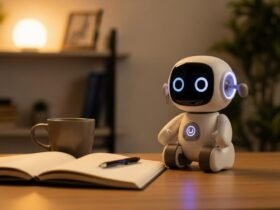
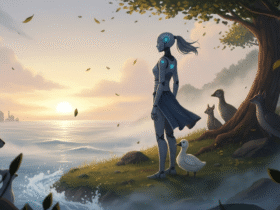
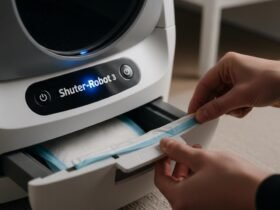
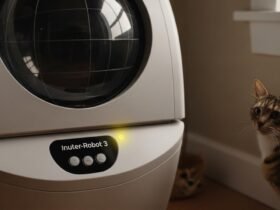
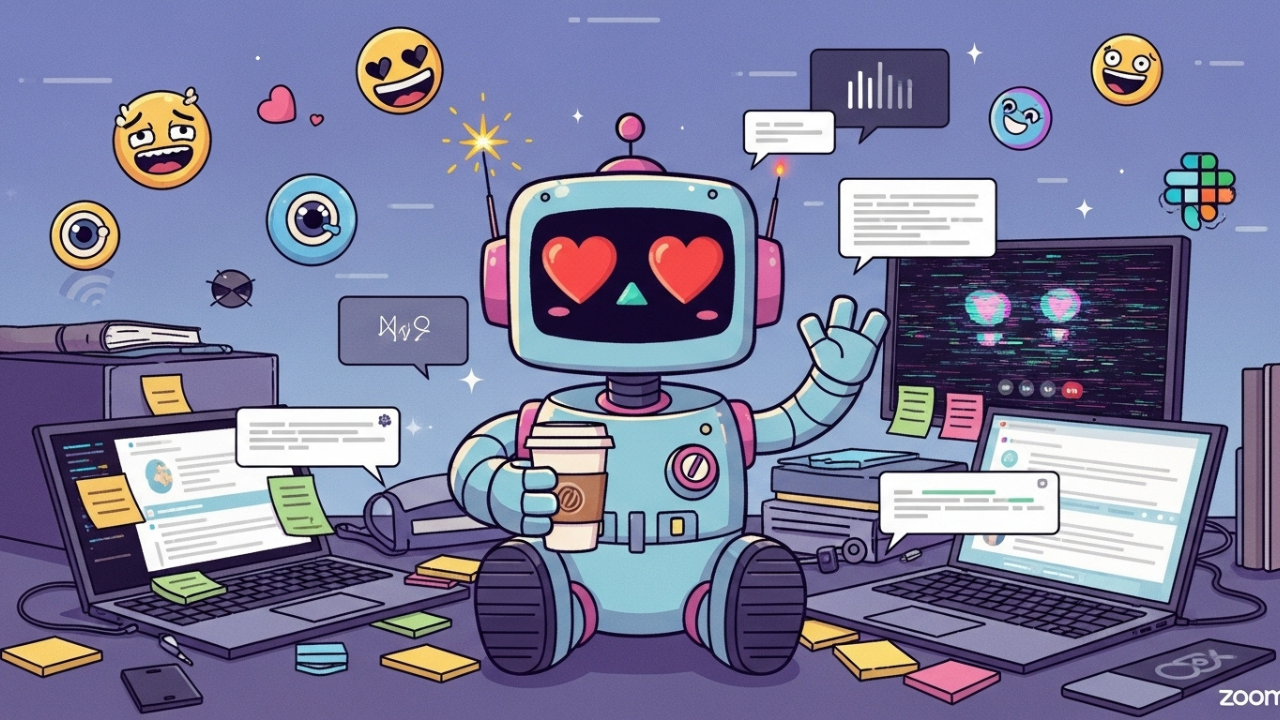
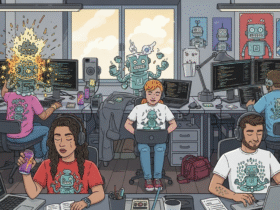




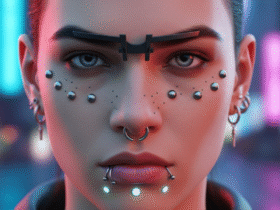

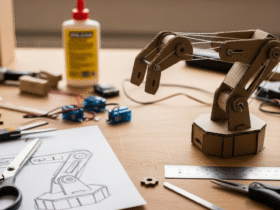


Leave a Reply
View Comments